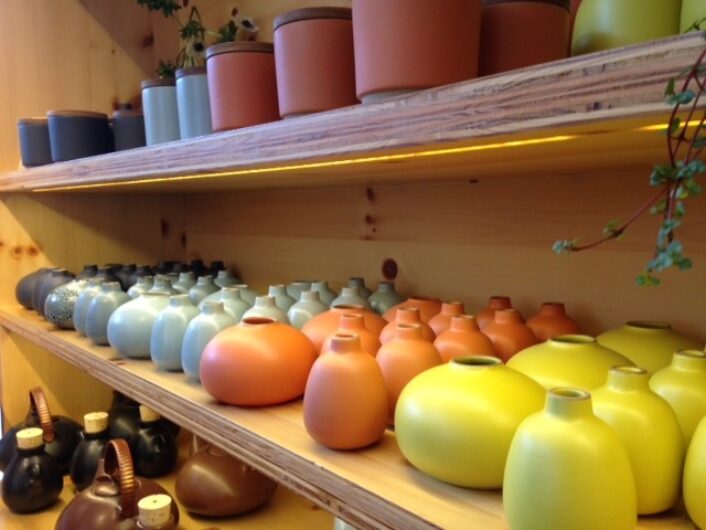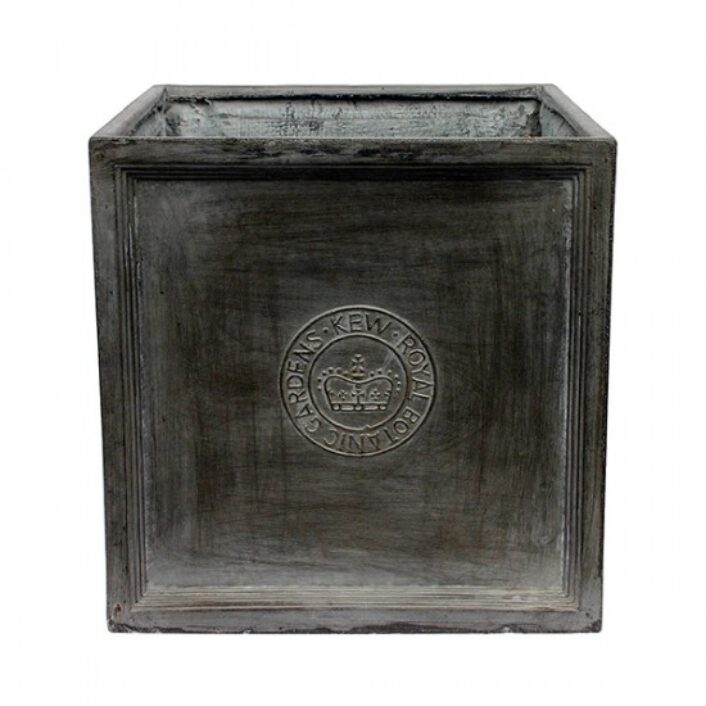Design
An ancient art gets modernized
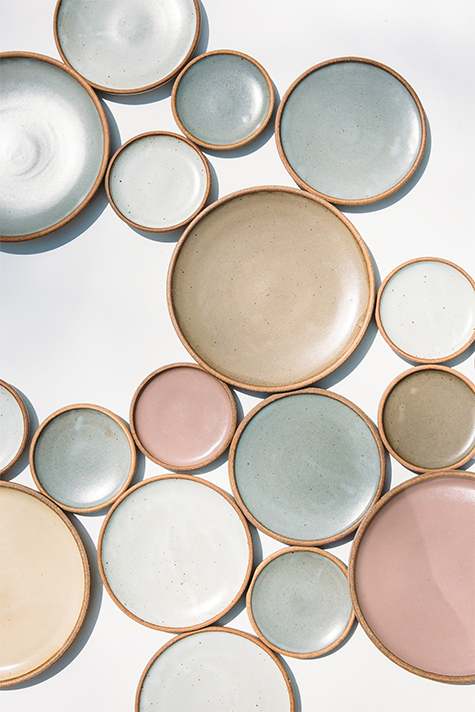
A collection of East Fork Pottery plates with their signature unglazed rims.
Image courtesy of: Remodelista, photographed by: Tim Robison
The founders of East Fork Pottery started the company ten years ago… in a crumbling farmhouse at the base of the Blue Ridge Mountains. The trio, the husband and wife couple of Connie and Alex Matisse, and John Vigeland have come a long way. At the beginning, Alex and John spent their days throwing each vessel themselves and Connie’s hours were consumed with formulating glazes. For their pieces, the trio used the regionally sourced, iron-rich clay which they fired in a wooden kiln that Alex built.
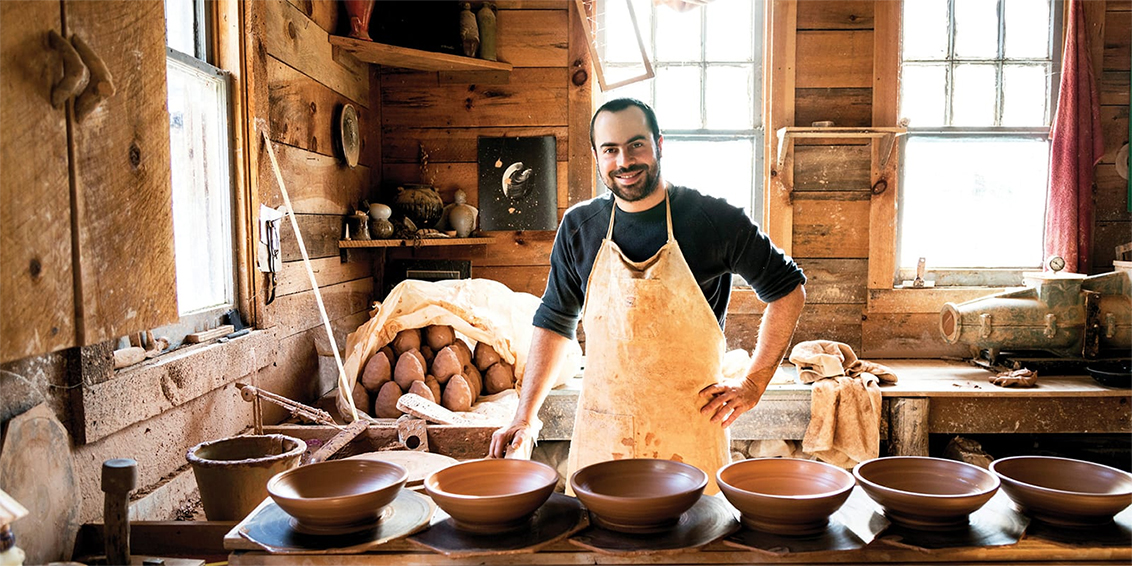
Alex at the company’s Asheville studio. Last year, the team opened a 14,500-square-foot factory in Asheville’s Biltmore Village.
Image courtesy of: The Local Palate, photographed by: Erin Adams
When they first started and used a wood kiln, the process would take several days. Matisse said, “Ash and salt collects on the surface of the pots throughout the firing, creating a surface quality that is deep, dynamic, and often mysterious.”
With a Blaauw gas kiln, the process, start-to-finish, takes 18 hours and produces a less varied product. The consistency as well as the efficiency was vital to the growing business. It was an important purchase as otherwise, East Fork would not have been able to keep up with the increasing demand.
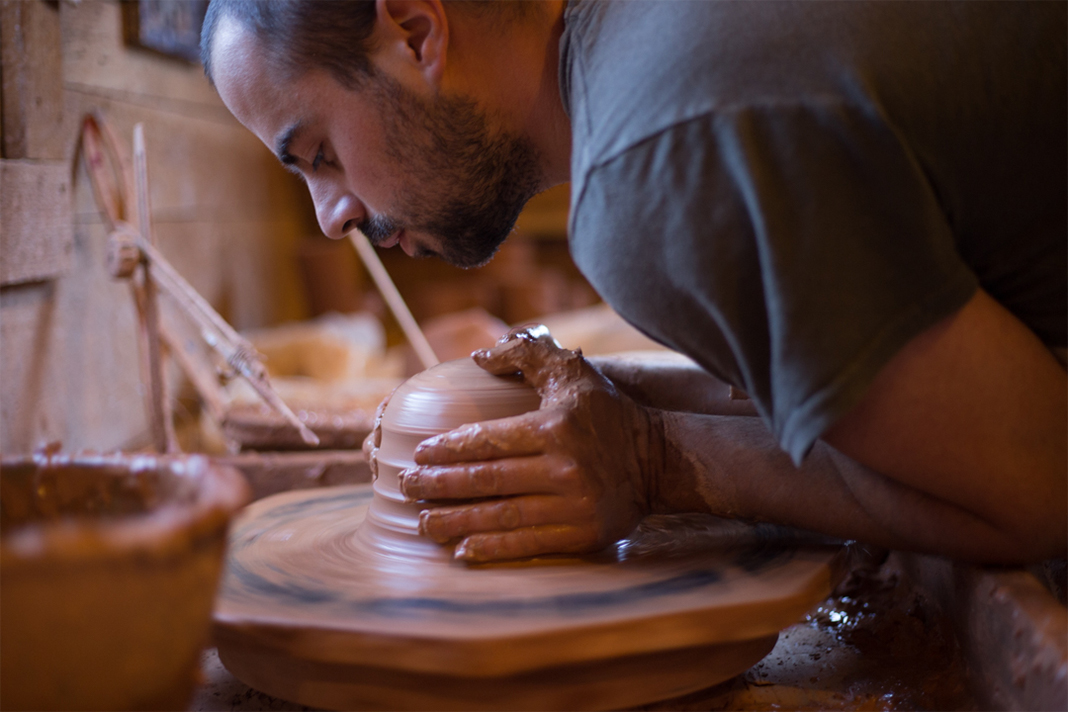
Alex Matisse at work. The artist has been serious about clay since he was in 7th grade. However, his dedication at such a young age isn’t completely surprising. The fact that his last name sounds familiar isn’t pure coincidence; Alex is the great-great-grandson of Henri Matisse. In addition, Matisse is the step-grandson of Marcel Duchamp; obviously, his parents are also both artists.
Image courtesy of: Remodelista, photographed by: Connie Matisse
One of the differences between East Fork Pottery and some other smaller, artisan studios is how much they value reputation. Mattise says, “Proficiency comes from repetitions. Where some potters might throw, say, 10 mugs in a ‘run’ before moving on to another form, we’ll throw 200. This style of throwing allows the potter to get into a flow, the pots coming off the wheel with ease, grace, and consistency.”
This consistency explains East Fork Pottery’s singular style which resembles the aesthetics of pre-industrial pottery. The plates have thick lips, the glazes are usually earth tones, and the vases resemble gourds.
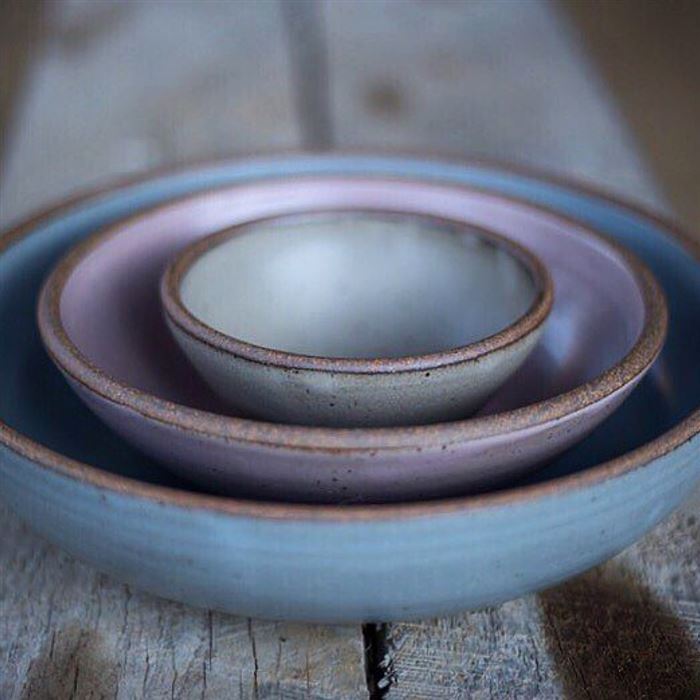
It was a comment by Matisse’s former mentor, Mark Hewitt, that forced the trio to think about their business model. Did East Fork Pottery want to be artisans or industrialists? Connie says, “We realized we were more interested in growing a sustainable business that could employ a bunch of people instead of just going to craft fairs and making pottery alone in the woods for the rest of our lives,” explains Connie.
Image courtesy of Cook Niche
The company is based in Asheville for two reasons. One is practical, rich seams of clay run though the soil; and the second reason is because of the tight-knit community of potters that remain loyal to the area.
Black Mountain College, a stronghold of ceramics, is located near Asheville. With many master ceramicists who made their mark on the contemporary movement, it was the influence of the Appalachian craftspeople that helped merge that style with the rustic forms made by using salt and wood ash glazes. There’s no discounting the effects both Black Mountain College and the area’s craftspeople, artists, and farmers have had on pottery as a whole… and specifically on East Fork Pottery!
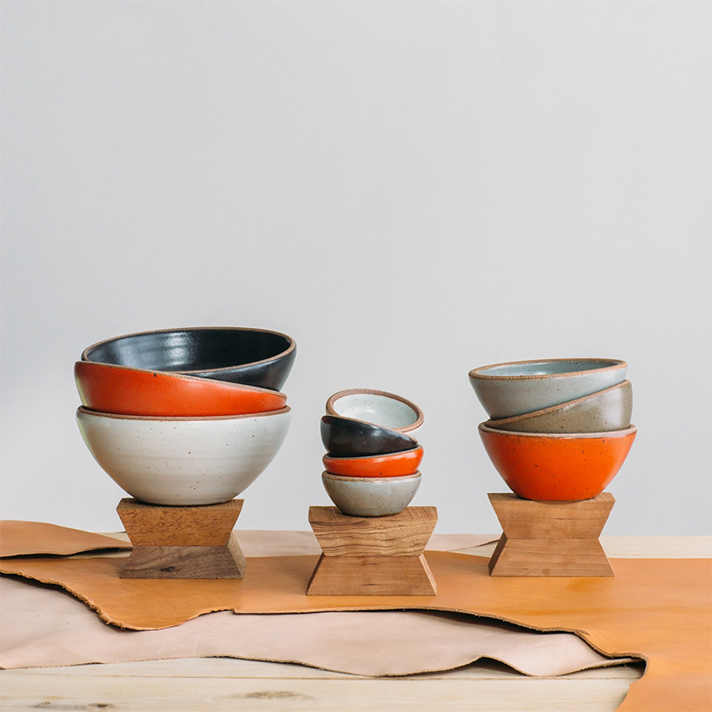
Bowls of differing sizes and glazes.
Image courtesy of: Good Bones Blog, photographed by: Tim Robison
Once they expand, there are plans for a commercial kitchen which is intended to enforce the ritual of “breaking bread” together daily.
The “regular” dinnerware line will continue to be made via a standardized process, shaped by mold on a RAM press or spun with a jigger. However, potters will occasionally throw clay on the wheel and work on limited-edition products. The process honors the integrity and commitment to this time-honored craft.
